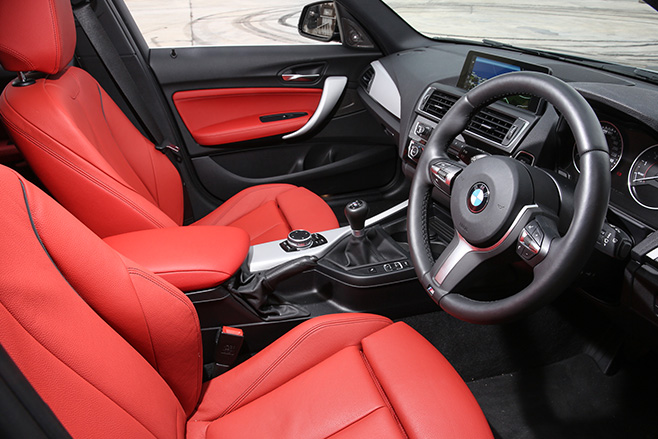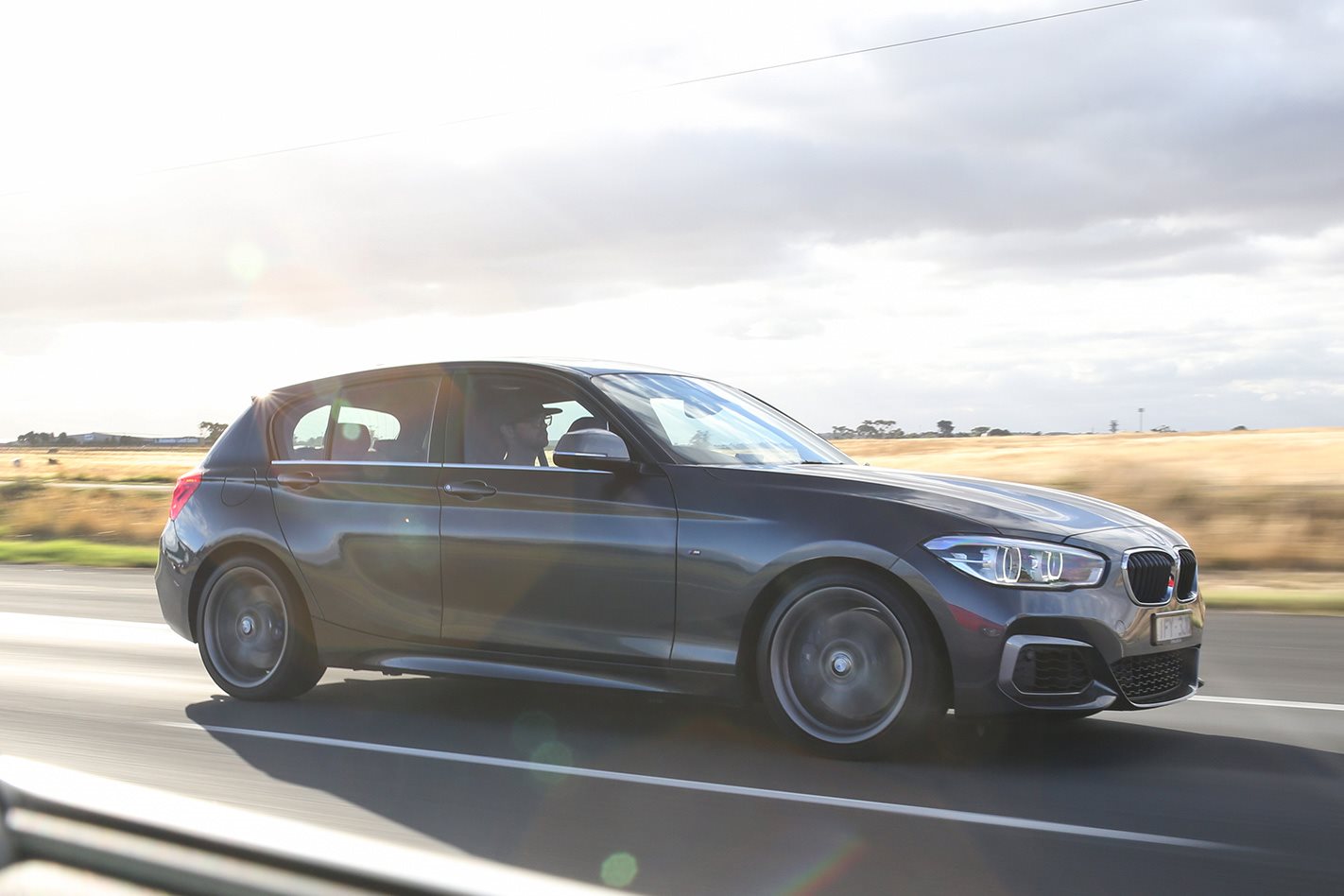YES, BMW has released a replacement for the M135i.
You may not have noticed. That’s because, apart from the M140i badges, visually, the upgrade is a bit of a trade secret.
But don’t think non-event, because under that stumpy little lid is not only an all-new engine from an all-new engine family, but also a better unit with more power, more torque and more attitude. And in a vehicle that was hardly lacking the latter in the first place, that’s saying something.

The new engine remains three litres, but actually has a slightly larger capacity of 2998cc (versus 2979 for the N55) thanks to a new bore-stroke relationship. In fact, the new motor is actually more undersquare than the N55 at 82mm by 94.6mm (84mm by 89.6mm) probably since longer-stroke engines tend to achieve better cylinder-fill which is crucial in a turbocharged application. Beyond that, the N55’s cast-iron cylinder liners have been flung and the new unit uses a sprayed-on ultra-thin plasma material known as Nikasil.

But it’s not just instant, the grunt is also prodigious. There are 10kW more than the BMW M135i had, and those 250kW are matched by a full 500Nm of torque (50 up). But it’s the torque curve that really makes you sit up straight. While the power peaks at 5500rpm, that max-twist is being produced anywhere from 1520rpm to 4500. That spread means that even in sixth gear at a lazy 100km/h, you’re already 600 or 700 revs into the full-fat zone.

It’s engine tech like this that must make hybrid and plug-in driveline engineers grit their teeth. Because it proves that the internal-combustion baby has life in it yet and that BMW still knows how to build a great straight-six.
4.0 OUT OF 5 STARS
Like: Stonking new engine Dislike: Artificial steering feel; unconvincing looks; price hike
SPECS Engine: 2998cc in-line 6cyl, DOHC, 24v, turbo Power: 250kW @ 5500rpm Torque: 500Nm @ 1520-4500rpm Weight: 1445kg 0-100km/h: 5.1sec (manual) Price: $64,990





